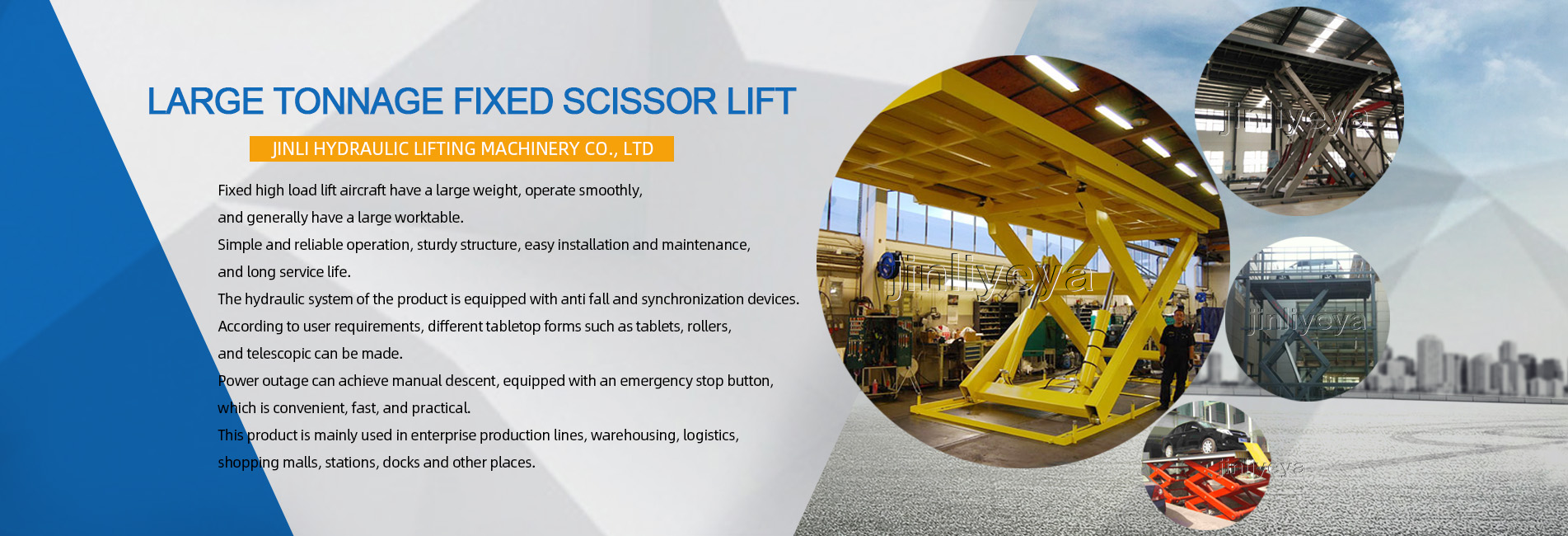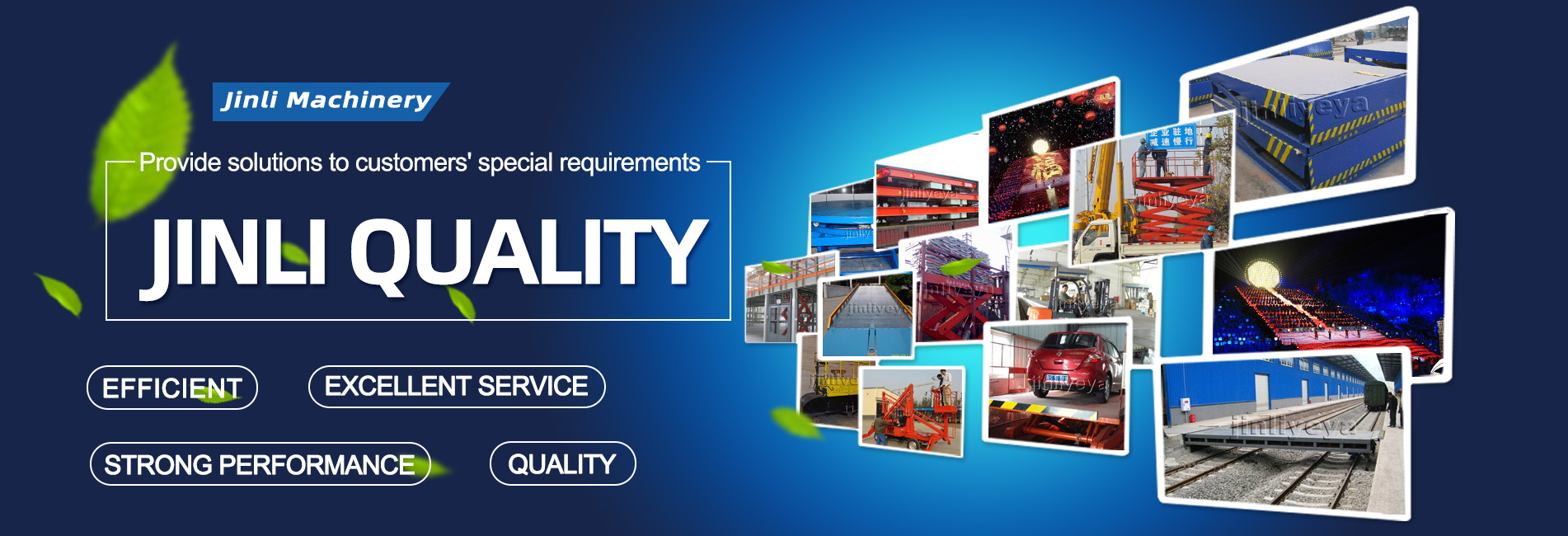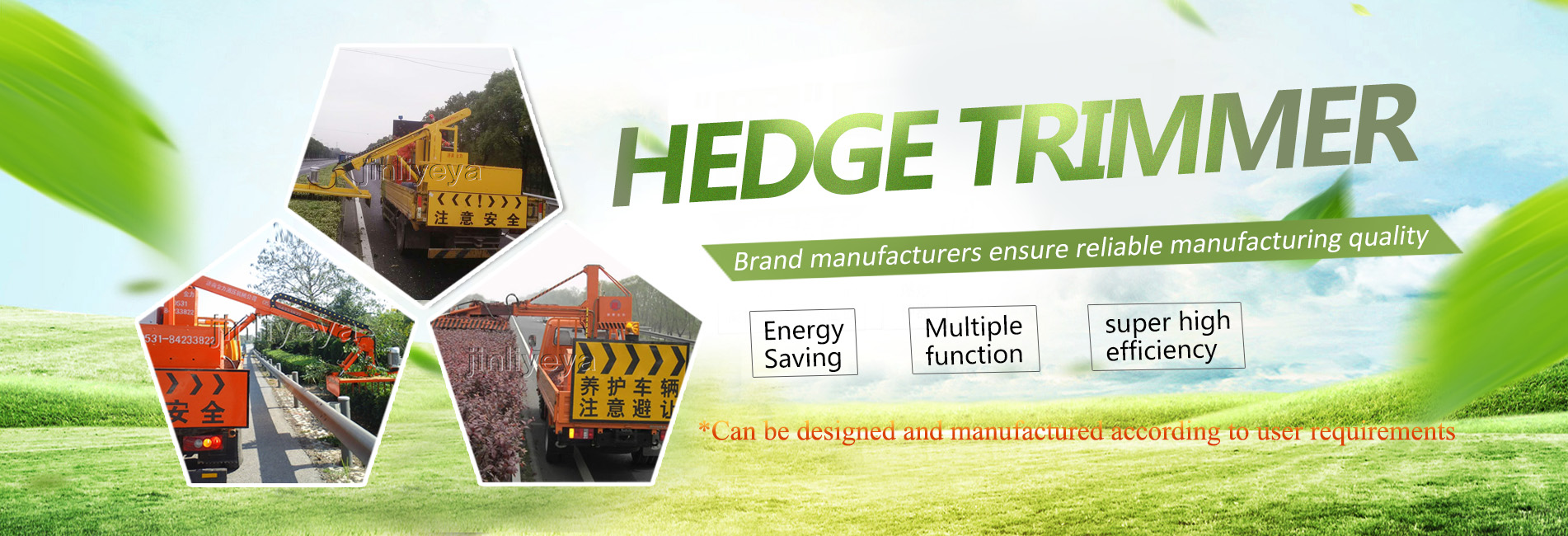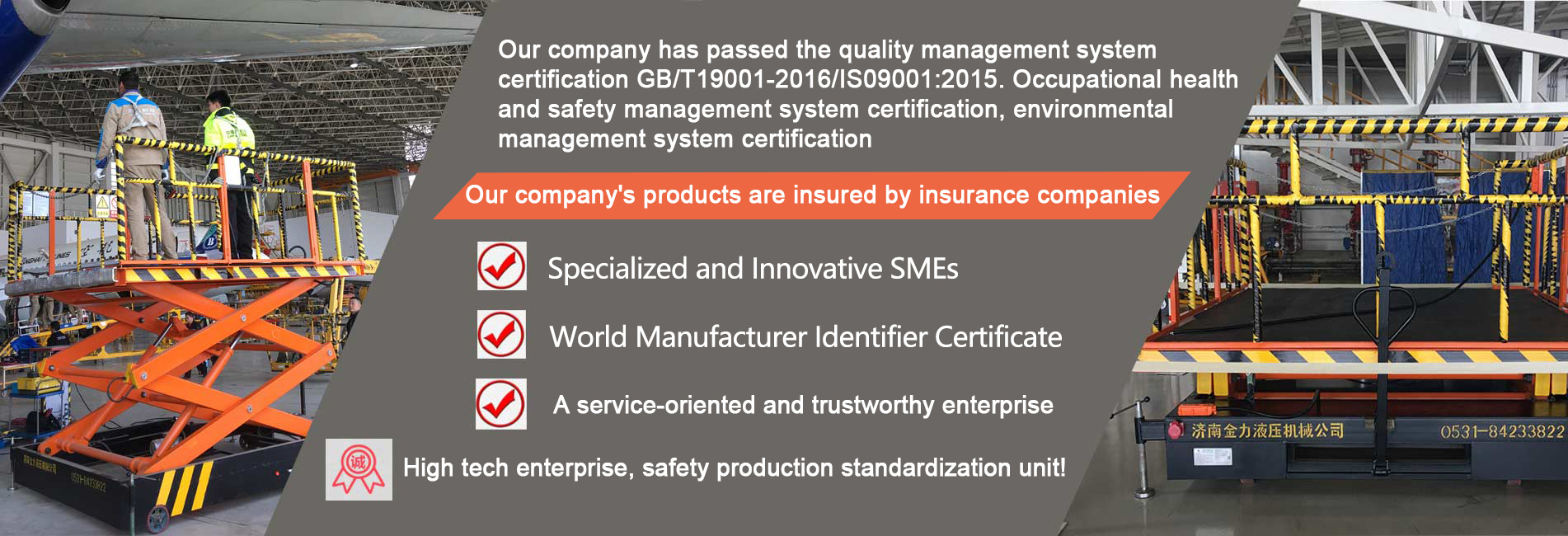The common faults of the hydraulic lifting platform solenoid valve will immediately affect the posture of the switching valve and regulating valve. Common faults include the hydraulic lifting platform solenoid valve not working, which needs to be investigated from the following aspects 1. If the wiring head of the solenoid valve is loose or the wire connection falls, the solenoid valve cannot be powered, and the wire connection can be tightened. 2. The winding of the solenoid valve is burnt out. The wiring of the solenoid valve can be removed and measured with a digital multimeter. If it is routed, the solenoid valve coil will be burnt out. The reason is that the coil may become damp, causing poor insulation and magnetic leakage, resulting in excessive electron flow inside the coil and damage. Therefore, it is necessary to avoid water from entering the solenoid valve. In addition, solid bounce, excessive recoil, insufficient coil turns, and insufficient suction force can also cause coil damage. During emergency response, the manual buttons on the coil can be switched from those in normal operation; 0 Entering the position; 1 ; Position, prompt the valve to open. 3. Solenoid valve stuck: The clearance between the electro-hydraulic directional valve sleeve and the valve core (belonging to the oil circuit board) of the solenoid valve is not large (less than 0.008mm), and it is usually assembled in loose parts. When there is mechanical equipment residue or too little lubricating grease, it is very easy to get stuck. The solution is to use stainless steel wire to poke into the small circular hole at the top of the head and make it bounce back. The essential solution is to remove the solenoid valve, remove the valve core and valve core sleeve, clean them with CCI4, and make the valve core in a flexible position inside the valve sleeve. When disassembling and assembling, pay attention to the assembly line sequence and external wiring positions of each component, in order to facilitate reassembly and proper wiring. Also, inspect whether the oil mist pump hole is blocked and whether the lubricating grease is sufficient. 4. Leakage: Leakage can lead to insufficient gas pressure, making it difficult for the forced valve to open and close. This is because the rubber gasket is damaged or the electro-hydraulic directional valve is damaged, causing many bone cavities to leak gas. When solving common faults of the solenoid valve in the conversion system software, a moderate opportunity should be selected, and the solution should be carried out when the solenoid valve is in a power-off state. If the problem cannot be solved within one conversion gap, the conversion system software can be terminated to solve it calmly. {5}
{1}
{2}
{3}
{4}
{5}







